
Polls have closed in Ireland’s presidential election, with indications that turnout was around 2018’s figure.
While vote counts on Saturday morning will confirm the total poll, initial reports indicate the turnout was slow in the morning before picking up in the evening.
The turnout in the last presidential election seven years ago was 44%.
The number of people who came out to vote will be closely scrutinised for its impact on the result and as a measure of the interest in an election which was criticised for its limited options.
Two candidates vying to become Ireland’s next president cast their votes soon after polling stations opened across the country at 7am.
Left-wing independent Catherine Connolly, who has secured the backing of a coalition of opposition parties, voted in the Claddagh area of Galway on Friday morning after going for a swim.
She arrived at the polling station on her bicycle, accompanied by one of her sons, Stephen, and took a moment after voting to read students’ thank you messages to outgoing president Michael D Higgins and other thoughts on the presidency.
Ms Connolly cycled away before returning to meet her aunt Cathleen Flannery, who has recently been released from hospital, and took her aunt into the polling station in a wheelchair before emerging again to chat with other voters.
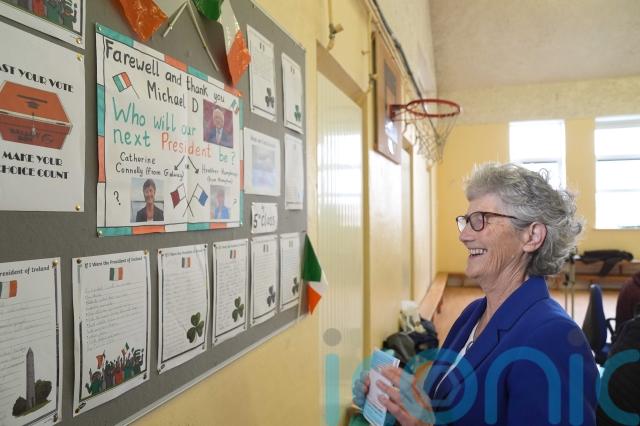
Before departing, she told reporters she had gone for a swim at a local leisure centre that morning, and was planning to “hide away” for the rest of the day.
Heather Humphreys, the Fine Gael presidential candidate who was a minister in several departments in the last coalition, voted before 9am at Killeevan Central National School in Newbliss, Co Monaghan.
She was accompanied by her daughter Eva and her granddaughter Charlotte, who is aged one.
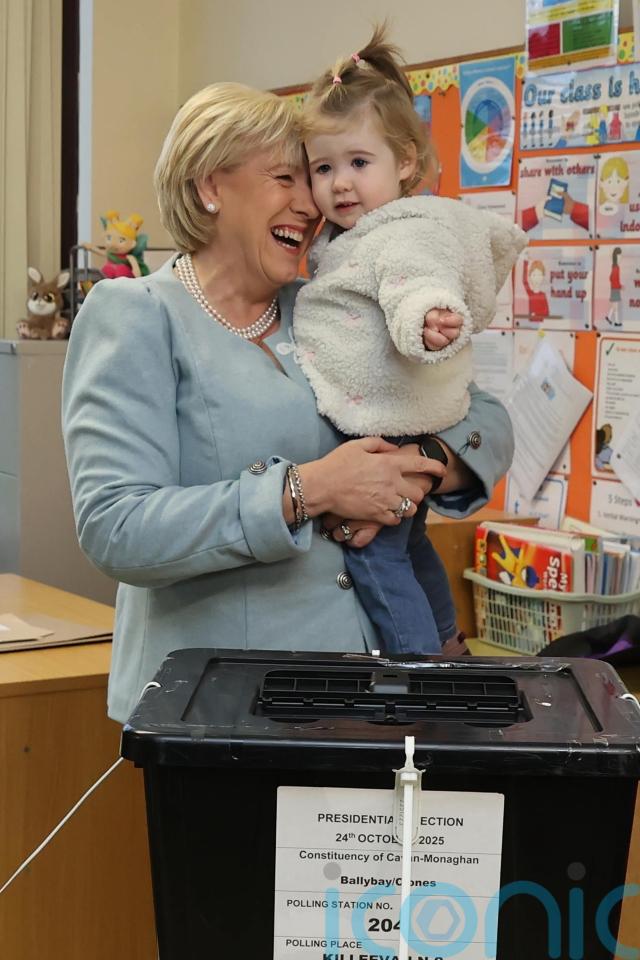
Ms Humphreys and Ms Connolly are looking to replace Mr Higgins, who has served as president since 2011.
Mr Higgins and his wife, Sabina, cast their vote at St Mary’s Hospital in Phoenix Park on Friday morning and were applauded by the president’s staff as they departed.
They stopped on their way out to embrace local resident Anne Whelan and have a photo taken with her. HSE worker Nora Sinnott said Ms Whelan “couldn’t wait to see him”.
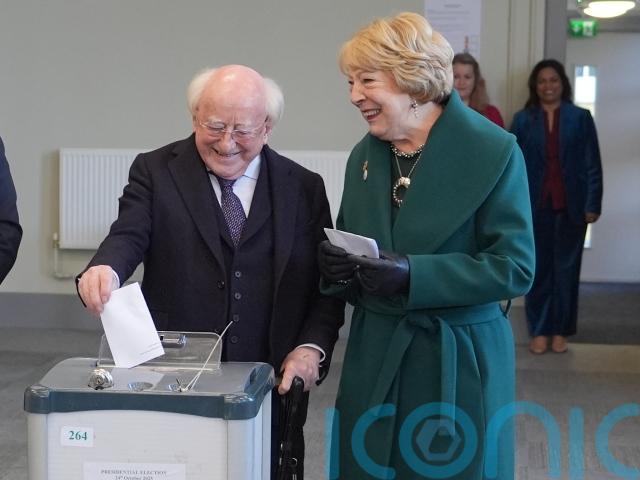
More than 3.6 million people are eligible to vote, and turnout is expected to be crucial in this election, as there is less choice on the ballot paper than in 2018, when there were six candidates.
There is also a third name on the ballot paper – Fianna Fail candidate Jim Gavin is still technically eligible to win the election, despite declaring he was withdrawing from the contest three weeks ago.
Mr Gavin dropped out of the race after it emerged he owed a former tenant thousands of euro, which he has since repaid.
Excluding Mr Gavin, it is the first time since 1973 that the Irish public were left to decide between just two candidates.
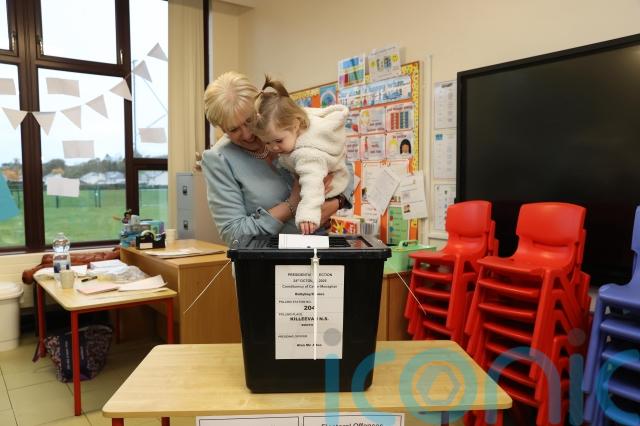
The counting of ballots will begin on Saturday morning with the winner expected to be announced at Dublin Castle later in the day.
Ireland uses a system of transferable votes in elections but – with only three candidates on the ballot – there can only be a maximum of two counts.
If the gap between Ms Humphreys and Ms Connolly cannot be bridged by Mr Gavin’s votes, the 10th president will be declared after one count.
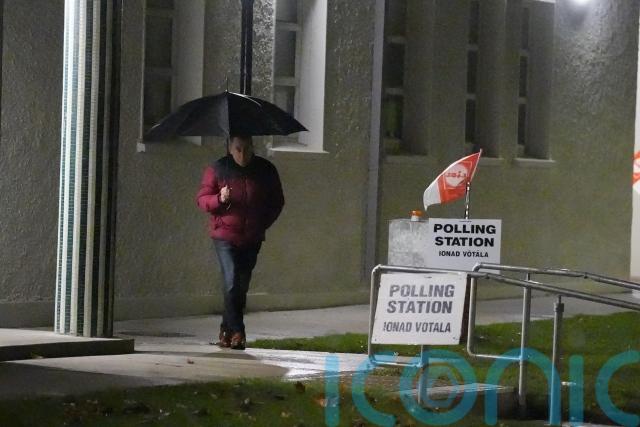
Ms Connolly, the clear favourite in a series of opinion polls conducted throughout the campaign, said she was the representative of a “movement” and a “voice for peace” and “unity”.
The 68-year-old Galway mother-of-two had previous careers as a psychologist and barrister and has been backed by Sinn Fein, the Social Democrats, Labour and other left-leaning parties.
The Irish speaker has been vocal on the issue of Palestine and protecting Ireland’s military neutrality, and has criticised the US military’s use of Shannon Airport.
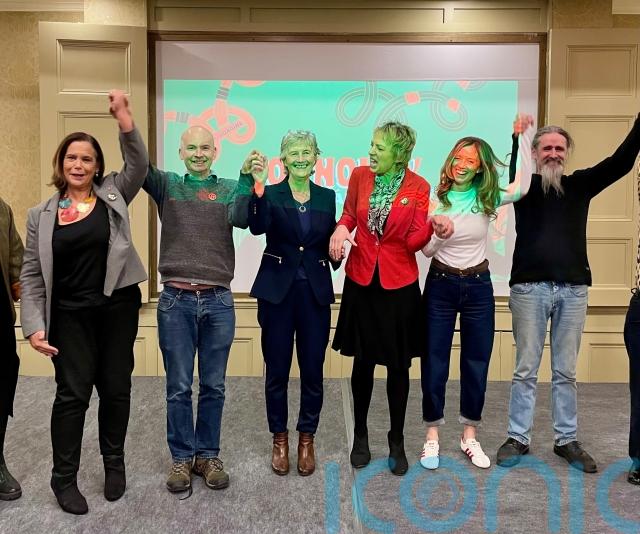
Meanwhile, Ms Humphreys pitched herself as a “a centre-ground, pro-European, pro-business, common-sense” candidate, adding that she would bring her experience in Government and as a Credit Union manager to the office.
The 64-year-old, also the mother of two children, is a Presbyterian who was raised on a rural farm near the border of Northern Ireland.
She said she has a unique understanding of different traditions on the island of Ireland.
Beyond their visions for the presidency, coverage of the contest has centred on a series of controversies affecting the hopefuls.
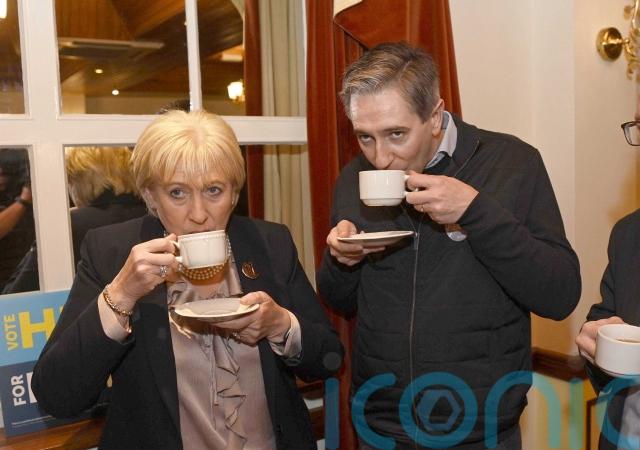
Ms Connolly was asked about her hiring of a woman to work in the parliament who had been convicted of a firearm possession offence, and a 2018 visit to Syria.
Ms Humphreys was asked about whether she did enough to support the family of a young man who was hit and killed by a driver who should have been in jail, and her role in the appointment to a museum’s board, which was criticised at the time as political.
A row also erupted in the last week of the campaign about Ms Connolly’s work as a barrister representing financial institutions.
Fine Gael and Ms Humphreys accused Ms Connolly of “double standards” for criticising the banks as an elected politician when she had represented them, with Ms Connolly responding to say the tone of the campaign had hit “a new low”.
Subscribe or register today to discover more from DonegalLive.ie
Buy the e-paper of the Donegal Democrat, Donegal People's Press, Donegal Post and Inish Times here for instant access to Donegal's premier news titles.
Keep up with the latest news from Donegal with our daily newsletter featuring the most important stories of the day delivered to your inbox every evening at 5pm.